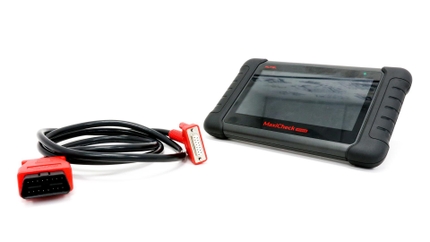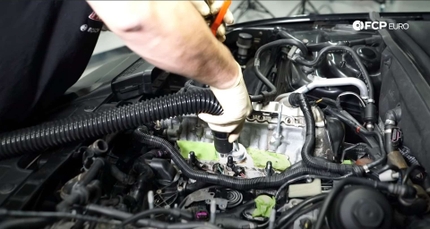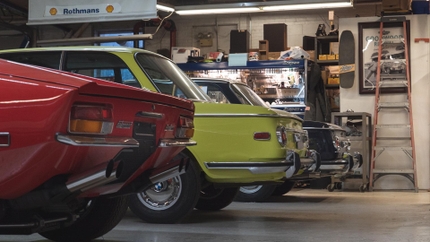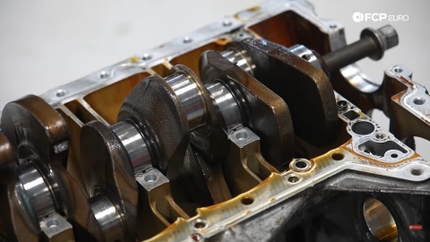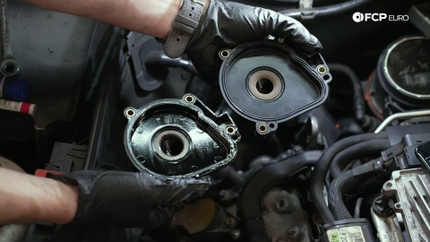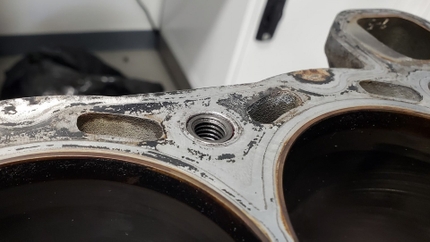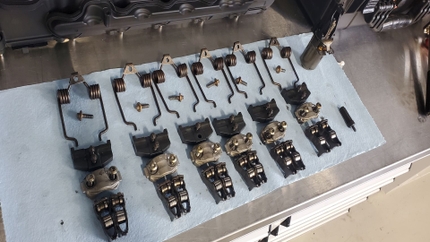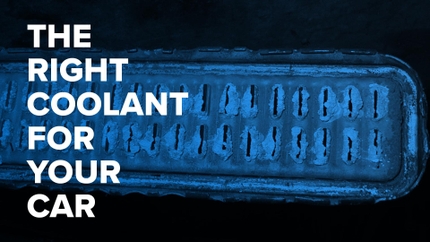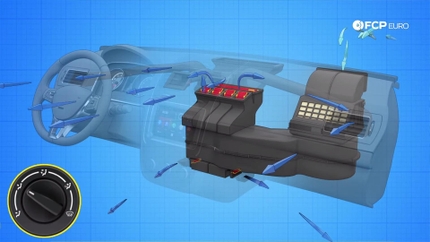- 04/06/2021
- 4 Min Read
- By: Michael Delikat
How To Pick The Best Brake Fluid For Your Car
The topic of brake fluid is often overlooked when it comes to street-driven cars; it's not sexy, doesn't make your car any faster, it just quietly goes about its business. This article covers some of the questions we're asked the most such as which brake fluid is best for your car, how often to change brake fluid, what different brake fluid colors mean, and what are the different types of brake fluid in general?
Shop Brake Fluid For Your Car
What are the types of brake fluid & what are they made of?
- DOT 3:
DOT 3 is glycol-based and glycol absorbs water (also known as hygroscopic). You should flush DOT 3 brake fluid every 2 years at the maximum. This is the brake fluid you will find in basic road-going cars, Toyotas, Hondas, Fords, GM, essentially cars that will not be driven hard enough to exceed the performance capacity of the fluid.- We do not sell DOT 3 brake fluid at FCP Euro
- DOT 4:
DOT 4 brake fluid is also glycol-based just like DOT 3 and should be replaced every 2 years as well. This brake fluid can be found in most European cars on the road today. This fluid is also found in almost every racing application. - DOT 5:
DOT 5 brake fluid is silicone-based instead of glycol. Since silicone is not hygroscopic, this brake fluid does not need flushing every two years. This was designed mainly for military applications specifically so that vehicles can sit for extended periods of time with minimal maintenance.- We do not sell DOT 5 brake fluid at FCP Euro
- DOT 5.1:
DOT 5.1 brake fluid is glycol-based as well and requires replacement every 2 years. The main difference between DOT 5.1 and DOT 4 brake fluids is both the wet and dry boiling points.
| Dry boiling point | Wet boiling point | Main ingredient | Brake Fluid Color | |
| DOT 3 | 205 °C (401 °F) | 140 °C (284 °F) | Glycol ether | Bright Blue |
| DOT 4 | 230 °C (446 °F) | 155 °C (311 °F) | Glycol ether/Borate ester | Clear/Slightly Amber |
| DOT 5 | 260 °C (500 °F) | 180 °C (356 °F) | Silicone | Purple |
| DOT 5.1 | 260 °C (500 °F) | 180 °C (356 °F) | Glycol ether/Borate ester | Amber |
Low viscosity brake fluid:
This type of fluid is called for in newer European cars to aid in ABS, ESP, and TCS system performance. Essentially it is a thinner fluid that allows being circulated through the ABS system faster. It does not last any longer. However, the performance gains are marginal. They can be mixed with non-Low Viscosity (LV) fluids; however, topping off with non-LV brake fluid should not be done as it brings down the effectiveness of the LV fluid.
Automakers that call for LV fluid from the factory:
- Audi (2006 on)
- BMW (7/2002 on)
- MINI (all years)
- Saab (all years)
- Volkswagen (2006 on)
Automakers that call for regular non-LV fluid from the factory:
- Audi (up to 2005)
- BMW (up to 6/2002)
- Jaguar (all years)
- Land Rover (all years)
- Porsche (all years)
- Volvo (all years)
- Volkswagen (up to 2005)
Again DOT 3, DOT 4 and DOT 5.1 brake fluids can be substituted but need to be flushed completely. It all depends on your driving habits and what the car is used for.
How long does brake fluid last?
How often you should change brake fluid is easily the most-asked question we receive about brake fluid. Generally, all brake fluid types have a service life, and this is true for DOT 3, DOT 4, and DOT 5.1. They absorb moisture and should be replaced every 1-2 years under normal use. DOT 5 brake fluid does not absorb moisture, and technically it can be used indefinitely. We recommend replacing your brake fluid every 2 years or sooner.
Popular brake fluids offered at FCP Euro
| Dry boiling point | Wet boiling point | Link to product | |
| Motul RBF 660 (Track) |
325 °C (617 °F) | 204 °C (400 °F) | MOTUL RBF 660 |
|
LIQUI MOLY Race Brake Fluid |
320 °C (608 °F) | 195 °C (383 °F) | LIQUI MOLY LM20156 |
| Motul RBF 600 (Track/AutoX) |
312 °C (594 °F) | 216 °C (421 °F) | MOTUL RBF 600 |
| ATE Type 200 (Daily/AutoX/Light Track) |
280 °C (536 °F) | 198 °C (388 °F) | ATE Type 200 |
| Pentosin Super DOT4 (Daily/AutoX) |
265 °C (509 °F) | 165 °C (329 °F) | Pentosin Super DOT4 |
| BMW Brake Fluid (Daily) |
265 °C (509 °F) | 170 °C (338 °F) | BMW Brake Fluid |
| ATE SL.6 (Low Viscosity) (Daily) |
265 °C (509 °F) | 175 °C (347 °F) | ATE SL.6 |
| Pentosin DOT4 LV (Daily) |
265 °C (509 °F) | 170 °C (338 °F) | Pentosin DOT 4 LV |
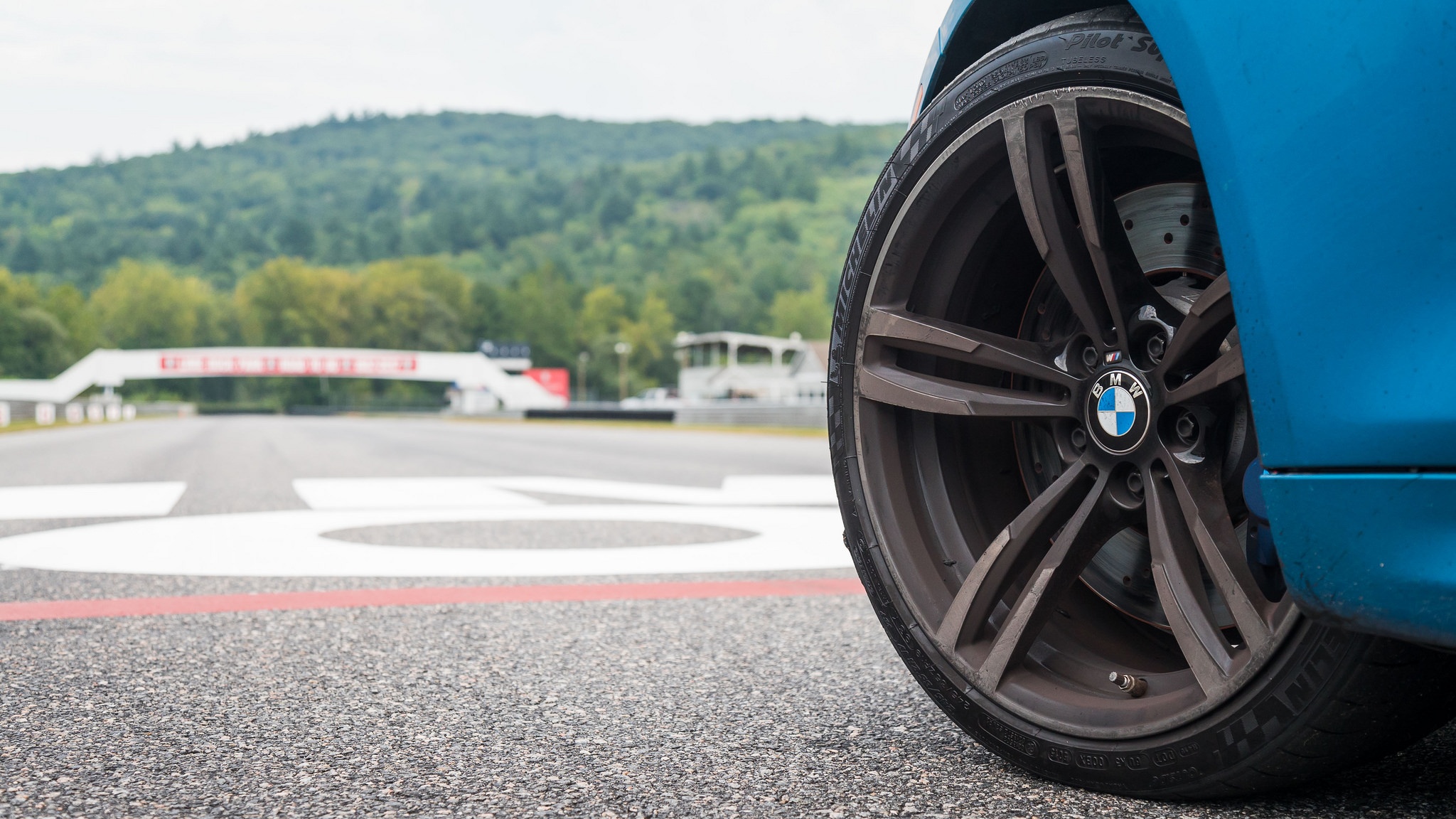
As with almost anything in life, more is better. The same holds true for the key numbers associated with brake fluid. The higher your boiling points the better. Keep in mind to select the fluid that works best for your application and style of driving.
If you daily drive your car chances are you need something close to what the original spec was. Most fluids that we sell meet or exceed factory specs. These fluids have a 2-year life span when used on the street.
What brake fluid should I run for the race track?
If you are tracking your vehicle or if it sees performance events, we have higher capacity fluids available. These fluids work better and longer under high stress and high loads. It is suggested to replace the fluid once it overheats and begins to fade, or, once every 90 days. Most sanctioning bodies that hold events require at most 90 days since the brake fluid was changed prior to participating. One of the most recommended racing brake fluids that we sell is ATE TYP 200.
Can I test my brake fluid to see if it's still good?
If you're unsure of the age of your brake fluid, or if you have overheated it and it's degraded to the point where it needs replacement, you can purchase a brake fluid tester.
If you have any questions about how to choose the best brake fluid for your car and application, please leave them in the comments section below.


